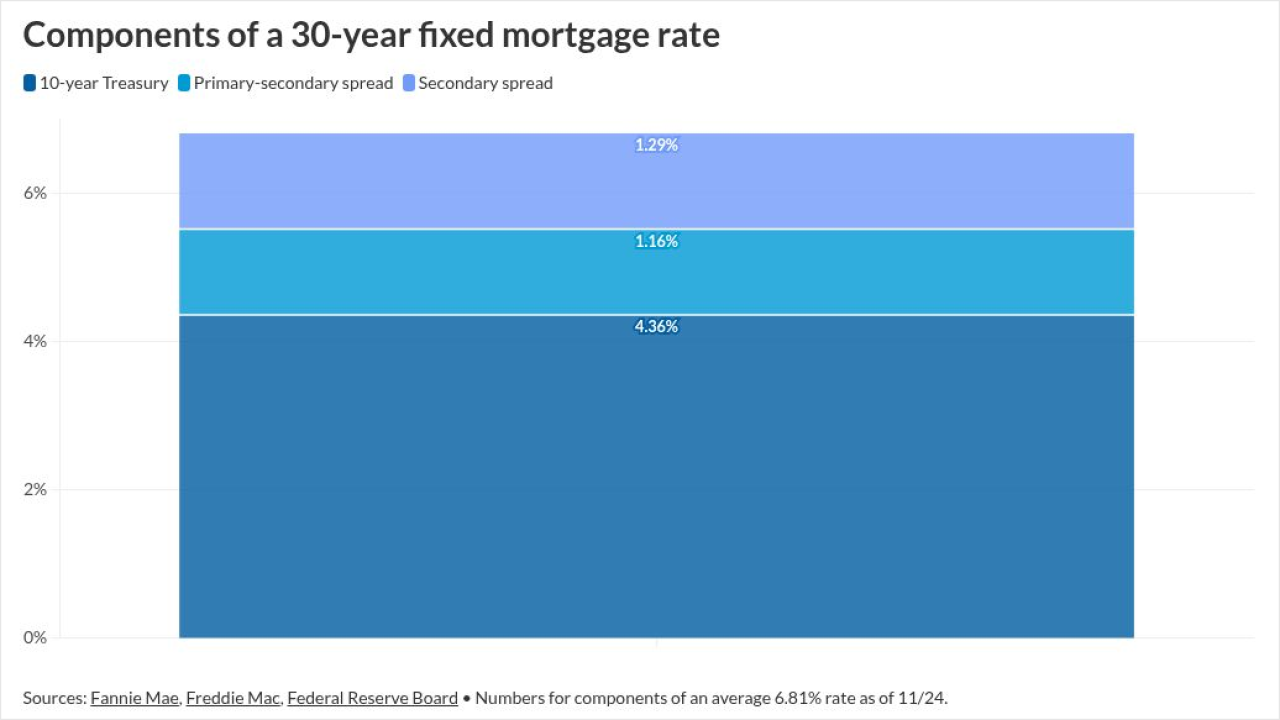
Investors are ramping up bets that everything will turn out fine in the corporate bond market.
Portfolio managers are selling default protection at an increasing pace, a signal they see little risk on the horizon. Their position on the main investment-grade US credit-default swap index now amounts to over $105 billion, the most in at least three years, based on data compiled by Barclays Plc and Bloomberg. It's a similar picture in Europe.
Typically, in times of stress, they'd be buying this insurance to guard against corporate collapses. Now, they're so confident in companies' financial health, they're using these swaps to build large bullish positions on the whole high-grade market.
This investment approach took off after sentiment rebounded from all the tariff turmoil and is being fueled by cash pouring into credit. Bank of America Corp. is calling it part of a "new world credit order." It does come with risks: any renewed bout of volatility when US President Donald Trump unleashes a fresh round of trade levies next month could upend the market once again.
Schroders Plc's Martin Coucke was one of the early movers on this strategy. Having approached Trump's so-called Liberation Day in April with a defensive mindset, he wanted to add risk and buying "a lot" of bonds was not enough.
"On top of that we sold some protection, so we added some risk through CDS indexes to quickly gain exposure to the greater market," he said.
Formerly just a hedge against companies going bust, CDS indexes are now becoming a top choice as a positive wager. Together with CDS options, the rise of portfolio trading and exchange-traded funds, these form what Bank of America's strategists are labeling "structural shifts" as the credit market evolves.
One reason for the growing popularity is their liquidity. During April's trading frenzy, volumes on the CDX.NA.IG index of North American high-grade corporate default swaps and its iTraxx Europe counterparts hit $1.2 trillion, based on DTCC data compiled by Bloomberg. In Europe, CDS index volumes outweighed portfolio trading — another
"You can easily do $500 million of CDX high yield today," said Schroders' Coucke, referring to the North American index protecting junk bonds. "Buying $500 million of bonds today on the high yield side is close to impossible."
While there's been a pre-summer
This challenge of getting hold of enough corporate bonds is what drew Amundi SA's Herve Boiral to sell CDS as a bet on a market rebound after the tariff announcements.
It was "very complicated to find any paper on the street mainly because there were no sellers," said Boiral, head of euro credit at Amundi. "In this context the easiest way to do something is to sell some protection."
When investors sell CDS, they receive periodic payments from buyers for the insurance they provide. If nothing goes wrong, this is like owning a bond that pays coupons to its holders.
Of course, things can go wrong. A risk for sellers is if the tide turns.
"This activity is implicitly short volatility," said Tanvir Sandhu, chief global derivatives strategist at Bloomberg Intelligence. "There are casualties littered throughout history for those trying to boost income but on the wrong side of volatility."
The main potential pain point is the so-called basis, which is trader parlance for the difference between prices of CDS and equivalent corporate bonds. As most portfolio managers' scorecards are based on their funds' performance relative to bond trackers, steeper losses for CDS can quickly make them underperform.
For example, shortly after Trump's tariff shock in April, the US high-grade CDS index's spread spiked to 63% above its end-2024 level, while equivalent bond spreads hit 49% higher.
"The difficulty is that the basis between the bonds and the CDS may move a lot so you have to be careful with the difference between the two," Amundi's Boiral said.
Another side-effect of the widespread selling is that the CDS index level no longer reflects the credit risk of underlying companies. CDS indexes are equal-weight baskets of contracts referencing specific companies, but as they are traded as standalone securities, their levels can disconnect from those of underlying firms.
This is called the skew, and has been pronounced as CDS activity expands, according to the analysts at Bank of America.
All the selling has depressed index spreads, with the CDX IG within 10 basis points from its tightest since the global financial crisis, based on data compiled by Bloomberg. The iTraxx Europe index is trading near its tightest level in four years.
Still, even though a new round of tariffs has the potential to hit earnings in some industries, most investors and credit strategists see no immediate shift to market sentiment that would cause credit spreads to jump higher. Balance sheets are giving investors little reason to worry at the moment as firms have largely adapted to a higher interest-rate era.
Investors have been so reluctant to make directional bets that volatility in CDS indexes fell near record lows last month. Against this backdrop, selling default insurance looks set to remain endemic.
"Fragility events have been exposing investors to large market swings on the downside, but also the upside," said the Bank of America strategists including Ioannis Angelakis. "The gravitation to macro products and more macro ways of trading when volatility spikes was the natural evolution of the credit market."




